Gartner: businesses should migrate to Windows 7 by 2012
Businesses should start testing the latest OS this year, the analyst firm has suggested.
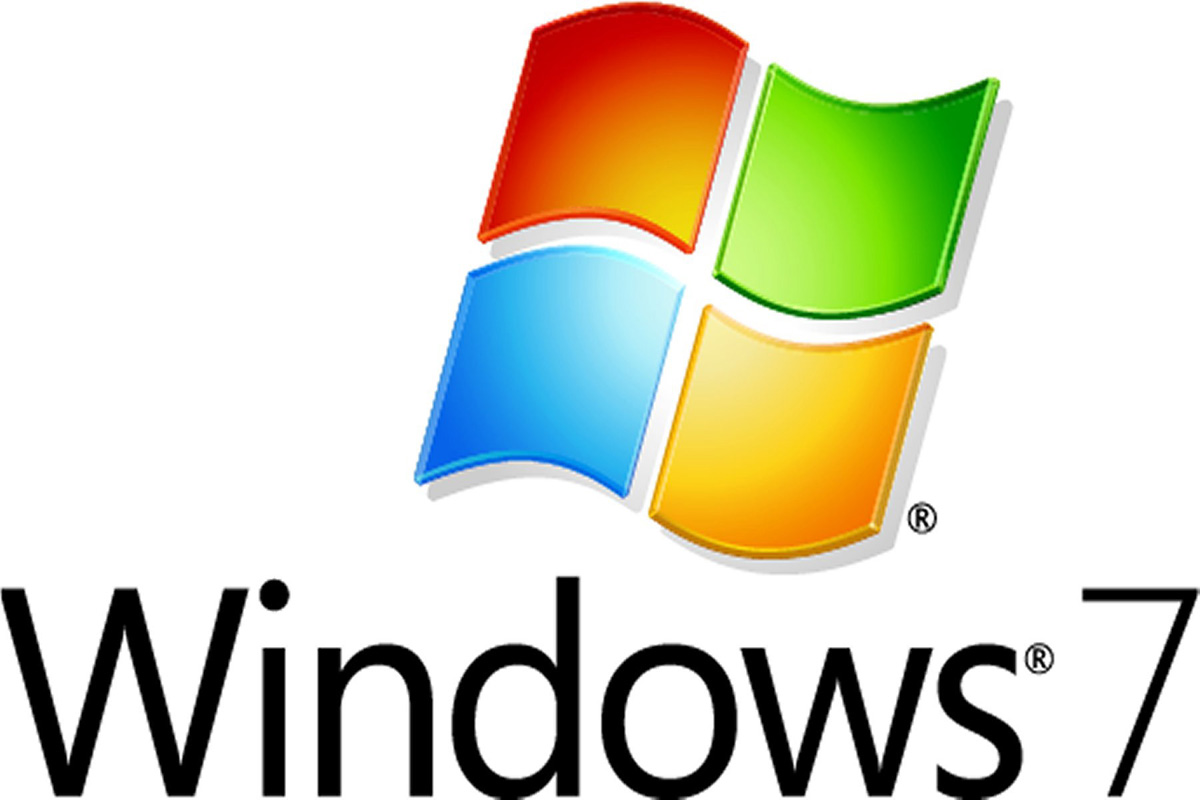

Firms should migrate from Windows XP to Windows 7 within two years, according to analyst firm Gartner.
At the latest, organisations should have shown Windows XP the door by April 2014 when Microsoft stops supporting XP, Gartner advised.
Companies should test Windows 7 this year in preparation for the migration, the analyst firm added.
By 2012, new versions of many applications will not be able to be supported by XP, Gartner warned.
"In various Gartner polls and surveys, 80 per cent of respondents report skipping Windows Vista. With Windows XP getting older and Windows 8 nowhere in sight, organisations need to be planning their migrations to Windows 7," said Michael Silver, vice president at Gartner, in a statement.
"Windows 7 has been getting positive reviews, and many clients report that they have plans to start their production deployments, but there are some that are still undecided about when to start and how quickly to do the migration," Silver added.
Migration strategies
Get the ITPro daily newsletter
Sign up today and you will receive a free copy of our Future Focus 2025 report - the leading guidance on AI, cybersecurity and other IT challenges as per 700+ senior executives
Gartner has recommended a number of ways to migrate from XP to Windows 7.
The first is simply to deploy Windows 7 on the chosen machines in one fell swoop.
Alternatively, businesses could also opt for what Gartner called an "attrition" strategy, in which firms would identify a timescale for migration and gradually move over. Gartner warned, however, that given the standard PC refresh rate, this could take longer than firms may hope.
Most firms will need 12 to 18 months for planning, testing and piloting, leaving them with little time to reach its suggested initial deadline, according to Gartner.
IT PRO spoke to Silver about the difficulties involved in migration. "Most organisations need several hours to build a Windows 7 PC or upgrade an existing PC to Windows 7. Less than five per cent of organisations can do a zero or very light touch deployment, meaning that most organisations need to have a technician spending time on each PC," he said.
"Improving their deployment techniques and increasing the number of applications they can deliver through their software distribution system is essential to reducing the amount of technician time needed and could reduce the time to provision each PC," he added.
According to Silver, most firms rely on Windows to run more than 60 per cent of their applications. He suggested that, in the majority of cases, businesses will not necessarily save money by switching to another OS. "If they need to give the users access to Windows applications through terminal services or virtualisation, it may cost them more," Silver said.
He added: "Organisations that want more choice need to make a concerted effort to reduce their dependence on Windows as they go through normal application replacement exercises. Spending money to replace Windows applications for the sake of having more flexibility may not result in a positive return on investment."
Read on for 10 reasons to make the move to Windows 7.
Tom Brewster is currently an associate editor at Forbes and an award-winning journalist who covers cyber security, surveillance, and privacy. Starting his career at ITPro as a staff writer and working up to a senior staff writer role, Tom has been covering the tech industry for more than ten years and is considered one of the leading journalists in his specialism.
He is a proud alum of the University of Sheffield where he secured an undergraduate degree in English Literature before undertaking a certification from General Assembly in web development.
-
 Cleo attack victim list grows as Hertz confirms customer data stolen
Cleo attack victim list grows as Hertz confirms customer data stolenNews Hertz has confirmed it suffered a data breach as a result of the Cleo zero-day vulnerability in late 2024, with the car rental giant warning that customer data was stolen.
By Ross Kelly
-
 Lateral moves in tech: Why leaders should support employee mobility
Lateral moves in tech: Why leaders should support employee mobilityIn-depth Encouraging staff to switch roles can have long-term benefits for skills in the tech sector
By Keri Allan
-
 Software engineers are in for a rough ride as AI adoption ramps up – 80% will be forced to upskill by 2027 as the profession is transformed
Software engineers are in for a rough ride as AI adoption ramps up – 80% will be forced to upskill by 2027 as the profession is transformedNews The technology will create new roles throughout software engineering and operations, the firm said
By George Fitzmaurice
-
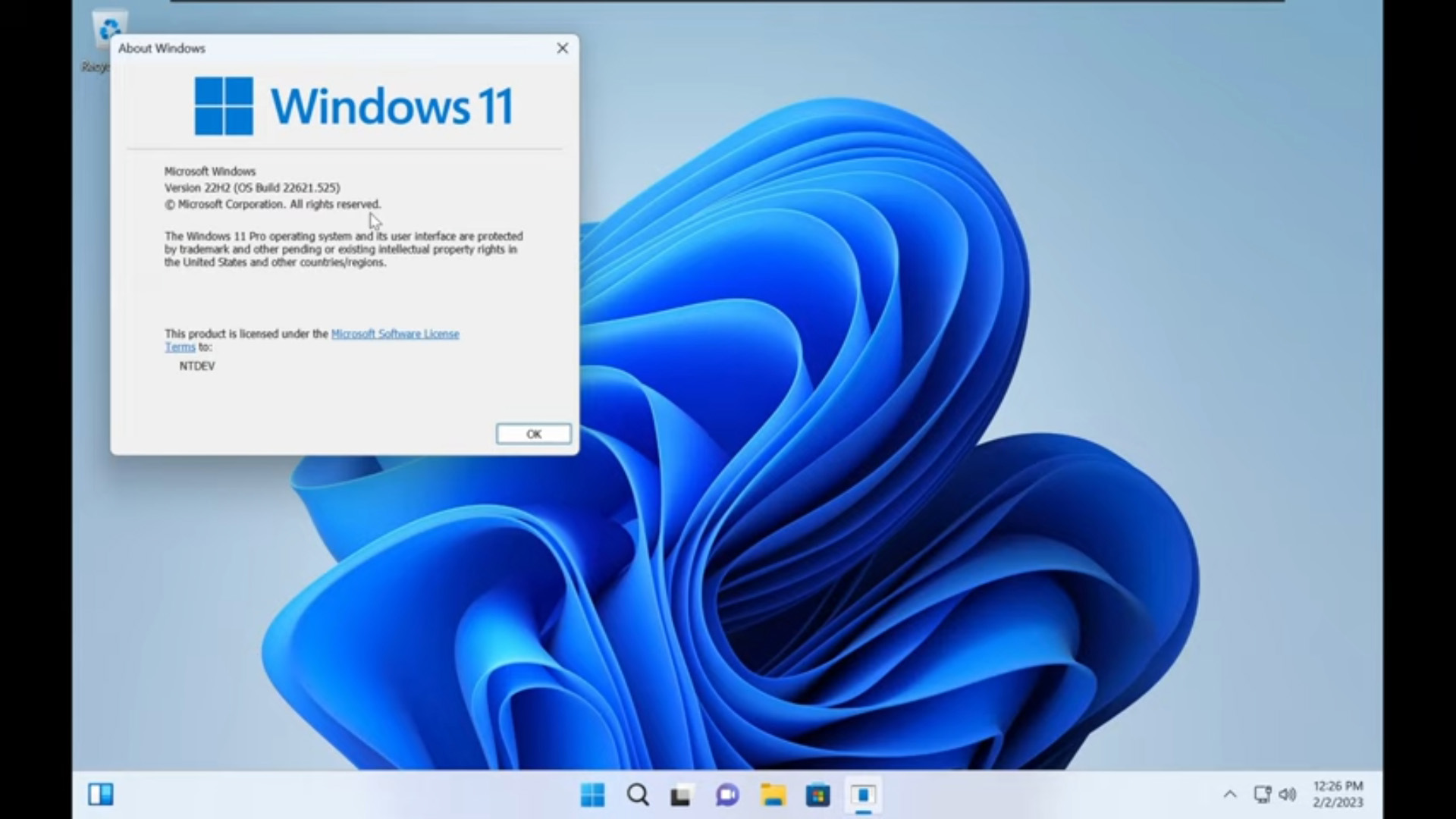 Tiny11 review: Windows 11 with only 2GB of RAM
Tiny11 review: Windows 11 with only 2GB of RAMReview A version of Windows 11 for older machines that don't meet the full requirements
By Nik Rawlinson
-
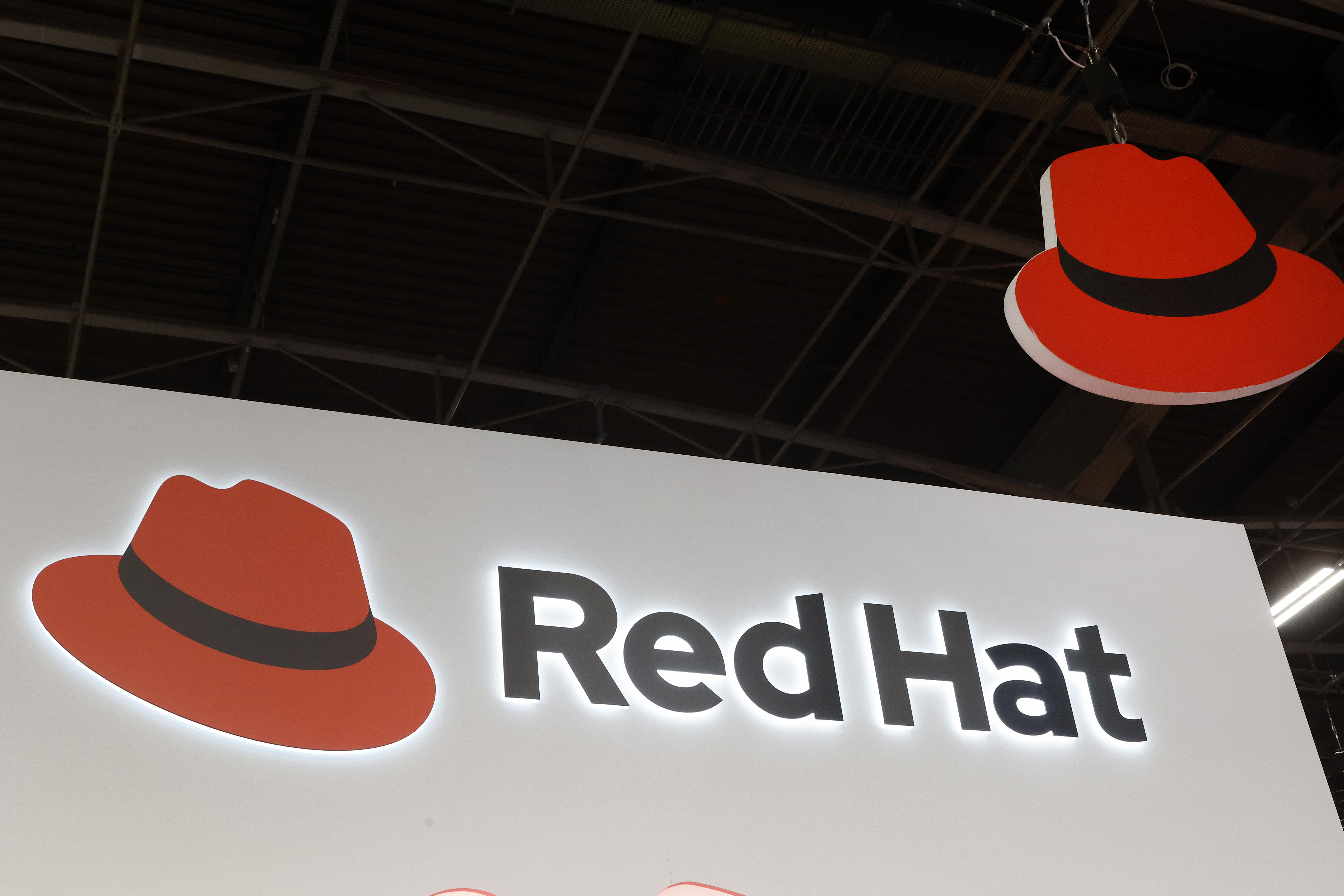 Red Hat Enterprise Linux becomes foundational operating system for Cohesity Data Cloud
Red Hat Enterprise Linux becomes foundational operating system for Cohesity Data CloudNews New strategic partnership between Red Hat and Cohesity aims to drive innovation in the data security and management space
By Daniel Todd
-
 Ubuntu shifts to four-week update cycle
Ubuntu shifts to four-week update cycleNews Critical fixes will also come every two weeks, mitigating the issues involved with releasing prompt patches on the old three-week cadence
By Richard Speed
-
 AlmaLinux follows Oracle in ditching RHEL compatibility
AlmaLinux follows Oracle in ditching RHEL compatibilityNews Application binary compatibility is now the aim with 1:1 now dropped
By Richard Speed
-
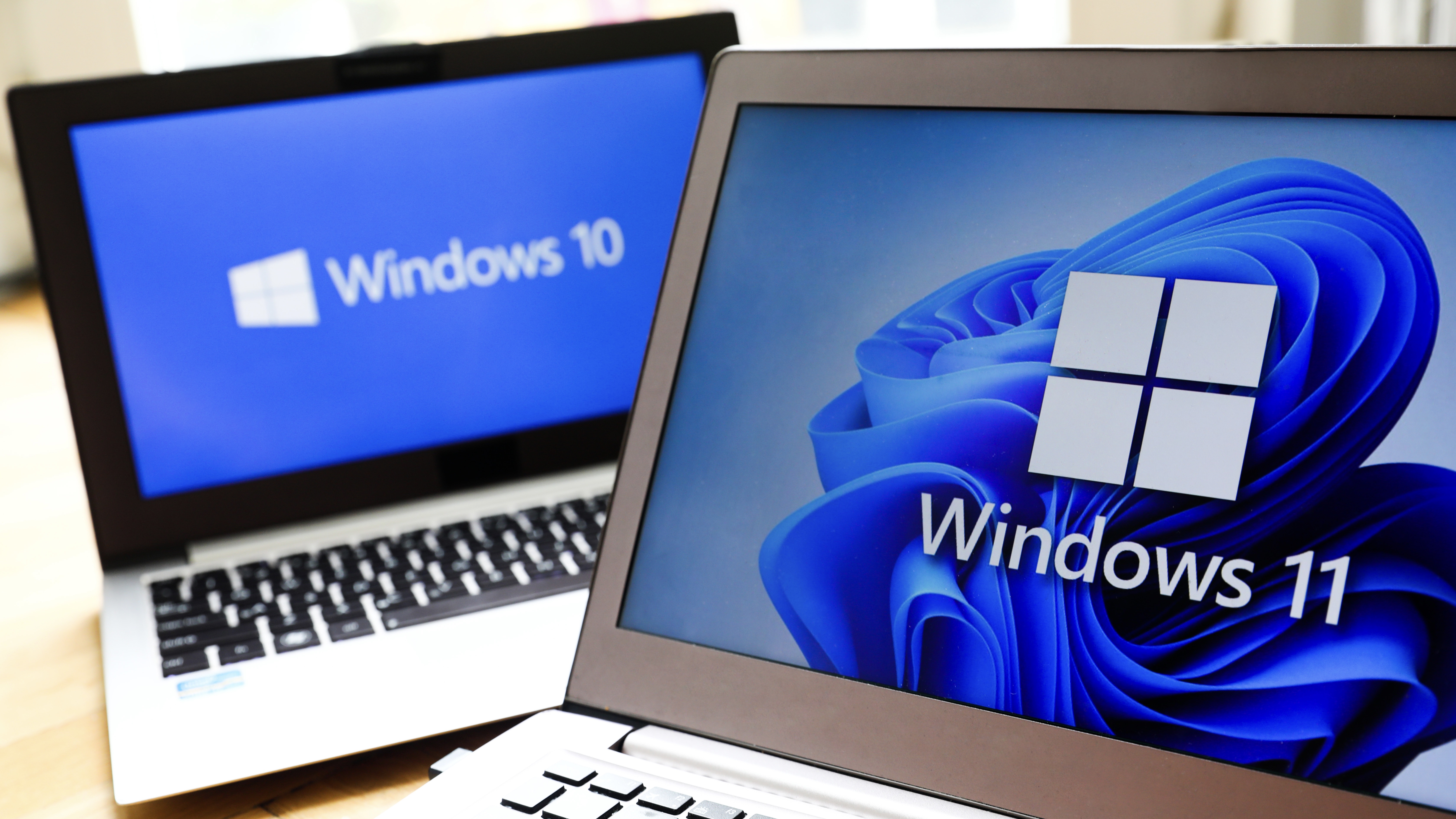 How big is the Windows 10 cliff-edge?
How big is the Windows 10 cliff-edge?ITPro Network With some comparing the upcoming Windows 10 end of life to Windows XP, we ask members of the ITPro Network for their insight
By Jane McCallion
-
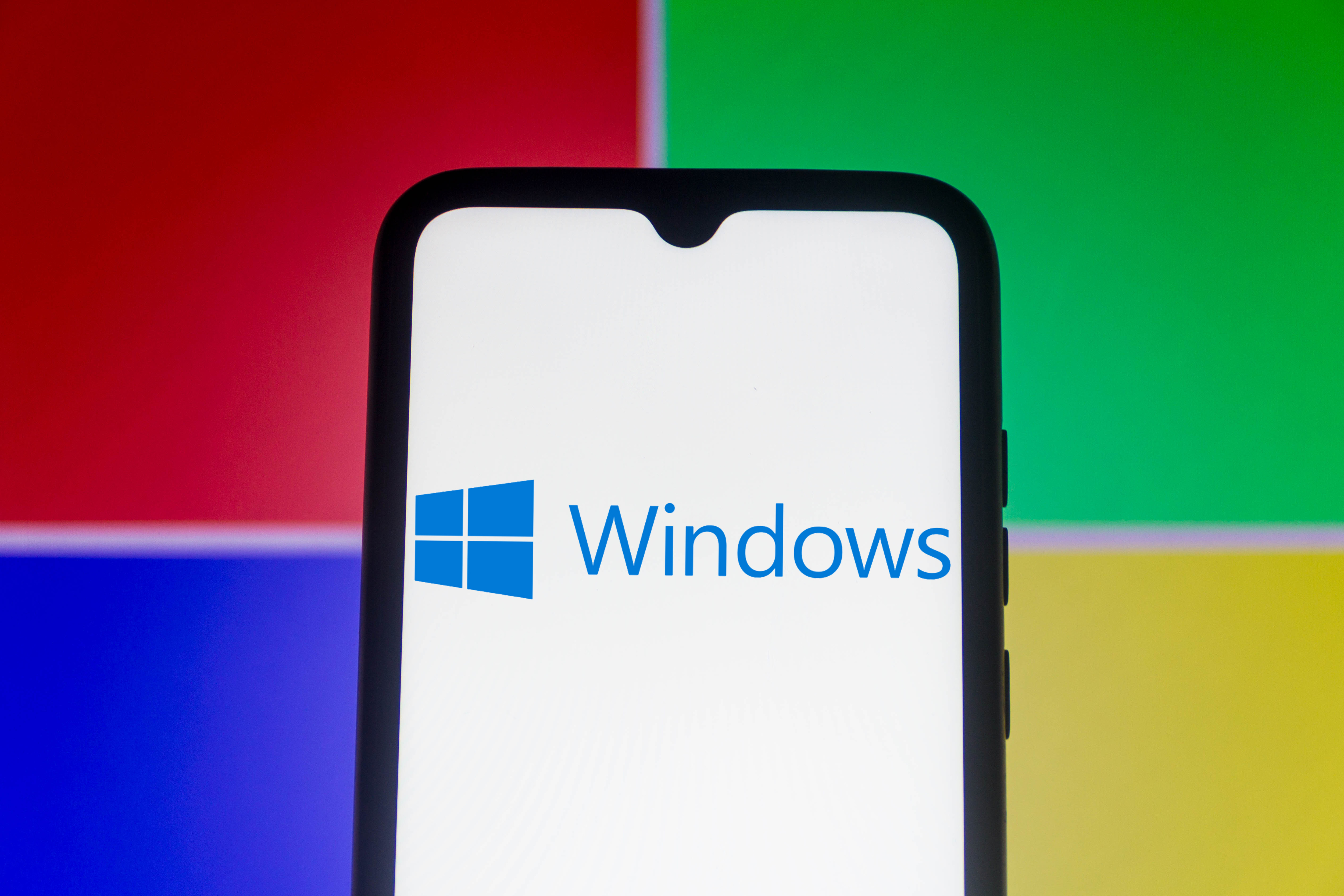 Everything you need to know about the latest Windows 11 updates - from bug fixes to brand-new features
Everything you need to know about the latest Windows 11 updates - from bug fixes to brand-new featuresNews Two new cumulative updates are on the way and will be installed automatically on Windows 10 and Windows 11 machines
By Rory Bathgate
-
 How to download a Windows 11 ISO file and perform a clean install
How to download a Windows 11 ISO file and perform a clean installTutorial Use a Windows 11 ISO to install the operating system afresh
By John Loeppky